How to Catch Lingcod via Habitat and Gear
In this article I’ll outline my favorite ways to catch Lingcod. These toothy predator fish are highly aggressive and come in a variety of different patterns and colors. And when you do hook them, they put up a pretty good fight! They’re one of my favorite bottom fish to target in the pacific northwest.
I’m focusing on two areas of lingcod fishing: the gear and best locations to target lingcod. Additionally, I’ll give some bottom fishing tips for when your fishing in faster tidal currents or high wind locations.
Fish for Lingcod on Underwater Rock Piles or Structure
Lingcod love structure or little underwater mountains. They make their homes in holes along the structure and use these holes as ambush locations for prey coming by with the tide currents. So when you’re fishing for them you often are fishing on or near the bottom. That said, it’s not uncommon to pick them up trolling for salmon or other species as they’ll come up and hit your spoons, hoochies or plugs.
One question I’m often asked what depth are lingcod at? I don’t think there’s an ideal depth but again it’s finding the rock piles. You can find rock piles at 200′ deep or 40′ deep, lingcod will be found throughout that structure. In my experience, I’ve found the best lingcod fishing in shallower rock piles, ones where the base could be around 150 feet deep and they top out around 50 feet. I often find them in the upper section of the rock piles.
Find a good Bathymetric Map of the fishing area
Bathymetic maps are essentially the same thing as topography maps but underwater. They show the underwater terrain and depths of it all. One of my favorite tools to identify structure is Navionics . See the Navionics screen shot of a classic example of what a great lingcod structure could look like.
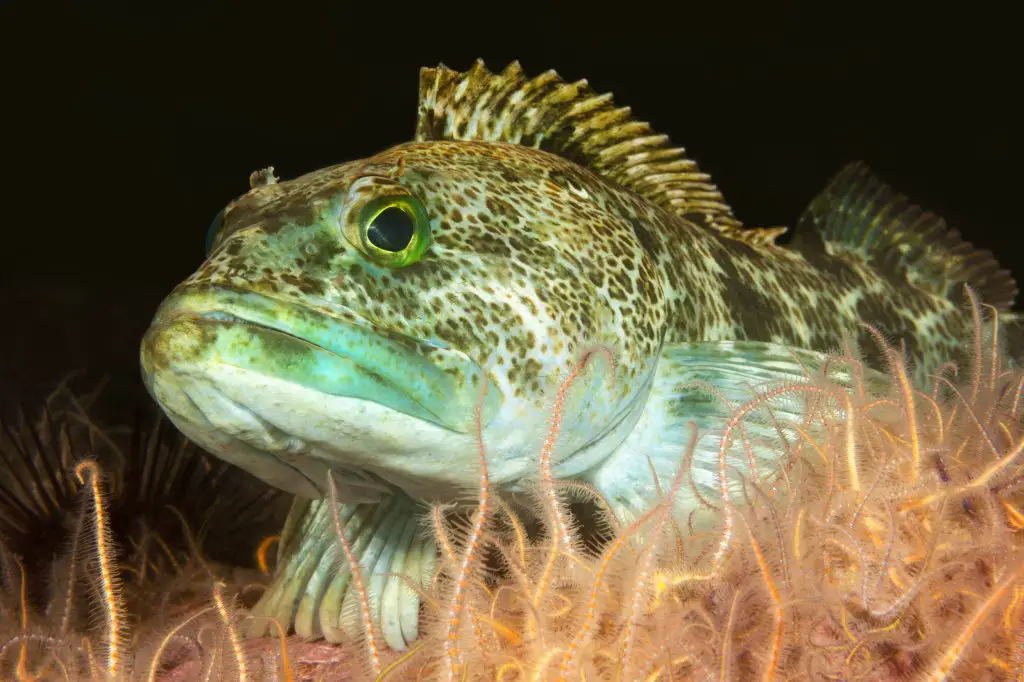
Best Lingcod Lures are Swimbaits, change my mind
I realize many are laughing at my title here. And yes… if you’re using live or dead bait, that can be tough to beat. Bait has the best/natural scent and may be more effective but its often getting torn apart, stolen and you’re often wasting a ton of time rebaiting your hooks vs. fishing! Also bait can be expensive! Have you looked at the current Herring costs?! Ridiculous.
Anyway, all that to say let me make a case for why I prefer to fish swimbaits over anything else. Lingcod are aggressive biters, so if you can find the fish its not often what you throw but getting it in front of them. Swimbaits come in a variety of sizes, the most common size is around 7″ or 8″ long. They need a weighted jig head to get them to the bottom and that weight is completely dependent upon size of swimbait and more importantly the tidal current. If you’re fishing a heavy current you’ll need a heavier jig head. A common jig head weight is 4 oz or 5 oz. All that to say, swimbaits offer a number of colors to match depths. If you’re fishing shallow I like white and silver colors. If fishing deeper, then darker colors like blue/red OR some sort of glow color.
Feeling the bottom with the weighted Jig Head
One of my favorite reasons for fishing swimbaits is the jig head and how it gets the bait quickly down to the bottom AND it provides a better FEEL for the bottom. When I’m raising my rod tip up and down, I’m often feeling out the bottom to ensure my bait is in the zone.
Swim Baits tail action
Swim baits come in a variety of styles, but most of the larger lingcod baits have very active tails. When they drop head first the tail spins in an erratic way which catches fish attention. There are jigging spoons and hard baits that fall like an inured fish but they don’t have the same action that a plastic tail offers.
When dropping bait SET HOOK IMMEDIATELY when hits bottom
One really important tip that will get you a lot more bottom fish. When you are dropping your lure or bait to the bottom, as soon as you feel it hit the bottom or stops set the hook and reel up aggressively for a few reel cranks. The reason for this is simple, more often than you’d like there are fish hitting your lure before it can hit bottom. Often you won’t even know the fish has it in its mouth and it has a chance to shake or spit the lure. So again, as a first rule of bottom fishing set the hook as soon as the lure stops. See this exact thing happen in the animated gif below, this is a swim jig being bit and spat out on the drop.
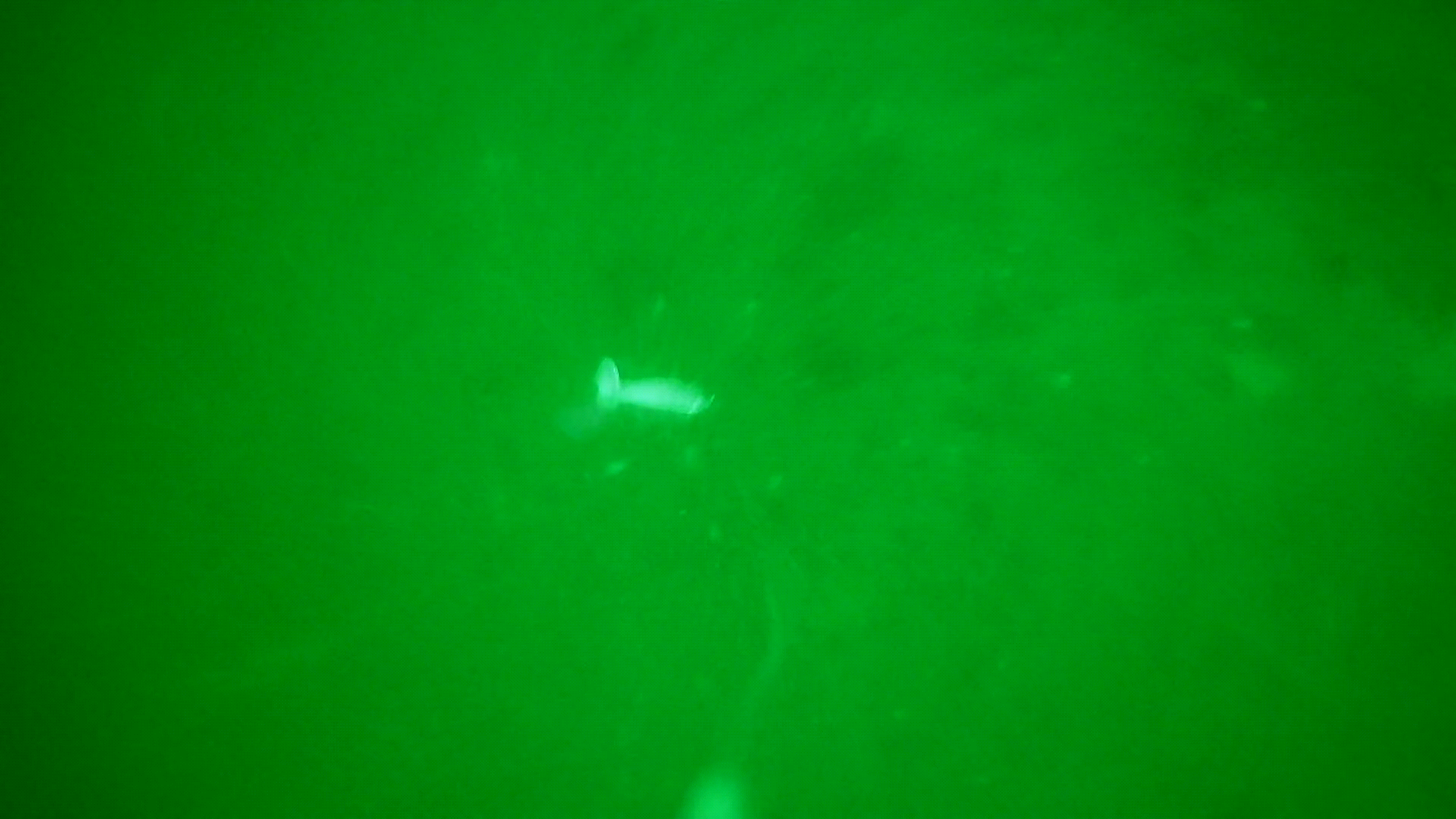
Spinning Rod & Reels for Lingcod
I love fishing bottom fish with spinning setups. If you do go this route make sure the rod is rated for at least 20#-25# and you’ll want an ultra-fast action rod. If you’re fishing deeper for lingcod you’ll need a larger spinning reel as well for those deep vertical drops.
The setup I use is a bit overkill as it could be used for halibut and other larger bottom fish, it’s 7’6 KastKing Kong Spinning Rod paired with KastKing Kapstan Elite saltwater spinning reel (the 4000 model). I use 40# braided mainline on the reel and the leaders I’m running to the baits are anywhere from 40# to 80# mono and fluorocarbon line. I’ve been using this combo for a few seasons in the salt and it’s been fantastic. Again, it’s a bit heavier so if you’re jigging all day expect some tired arms and back. But it’s proved to be a good multi-species rod so I love it.
Bottom Fishing for Lingcod with a Swimbait
Here is a video where I attached an underwater camera inline so you can see the Lingcod eats! Enjoy.
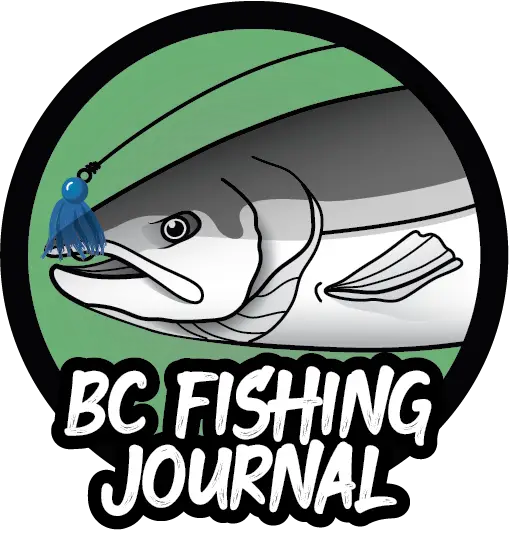
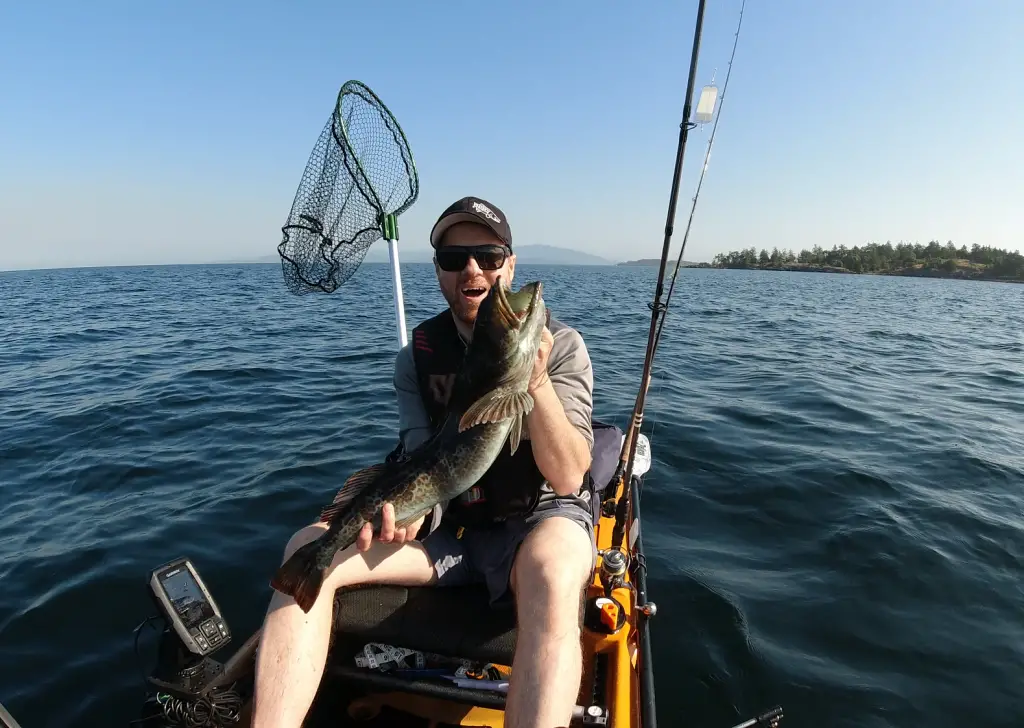
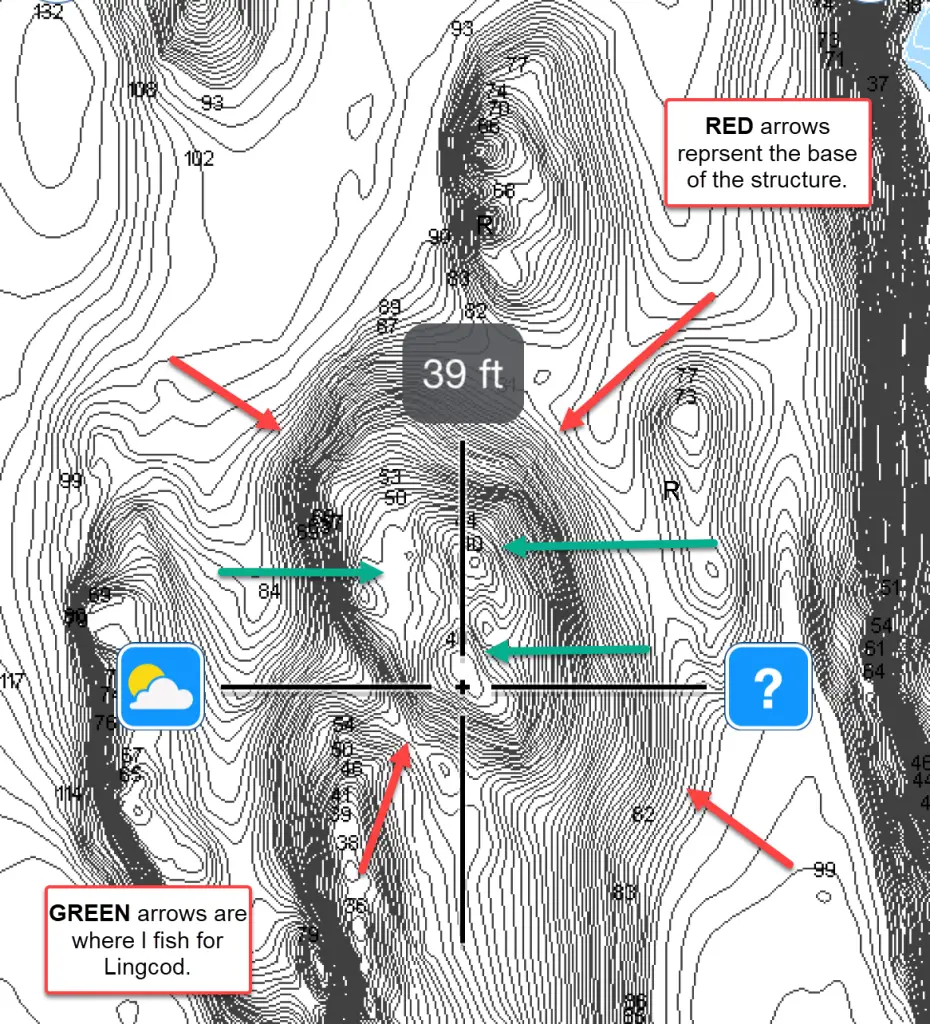
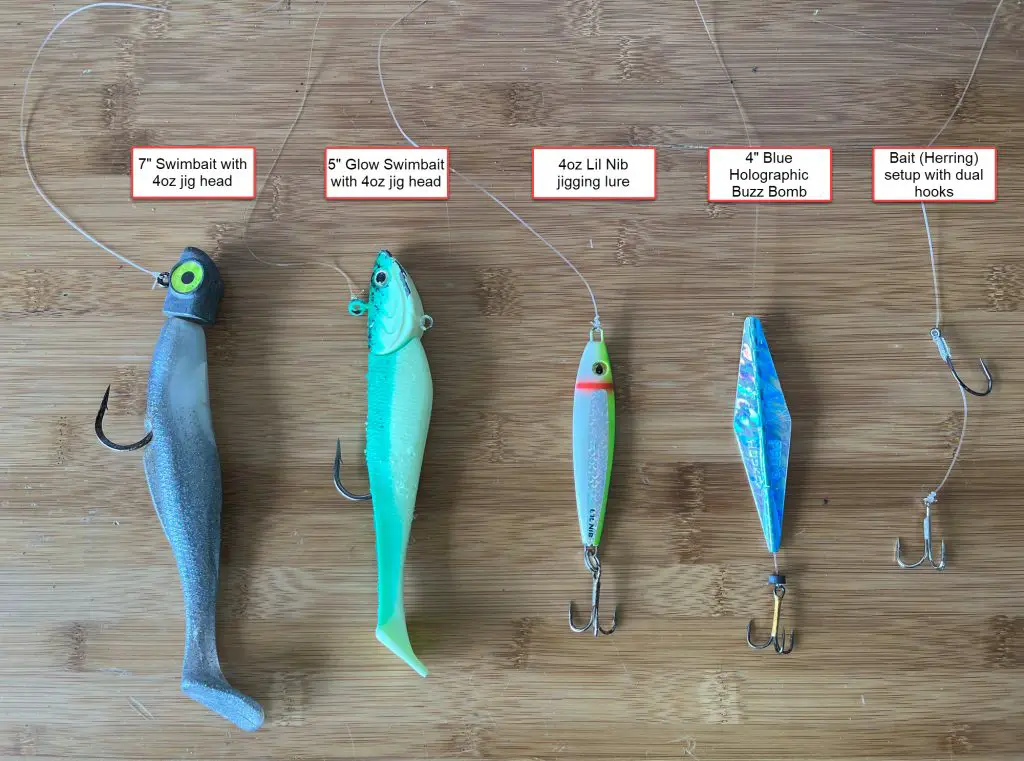
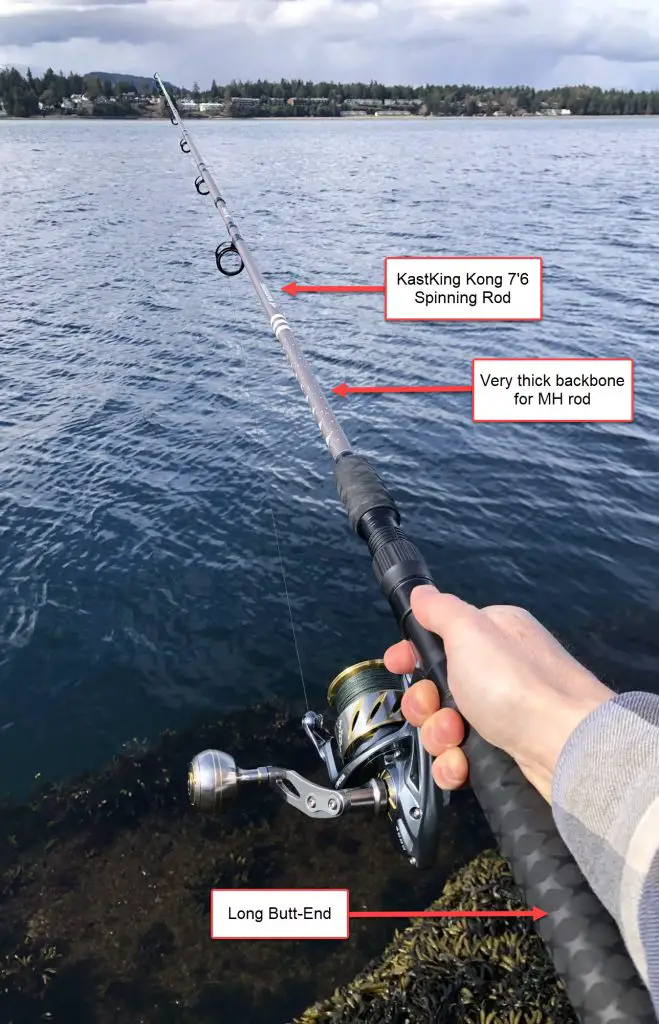
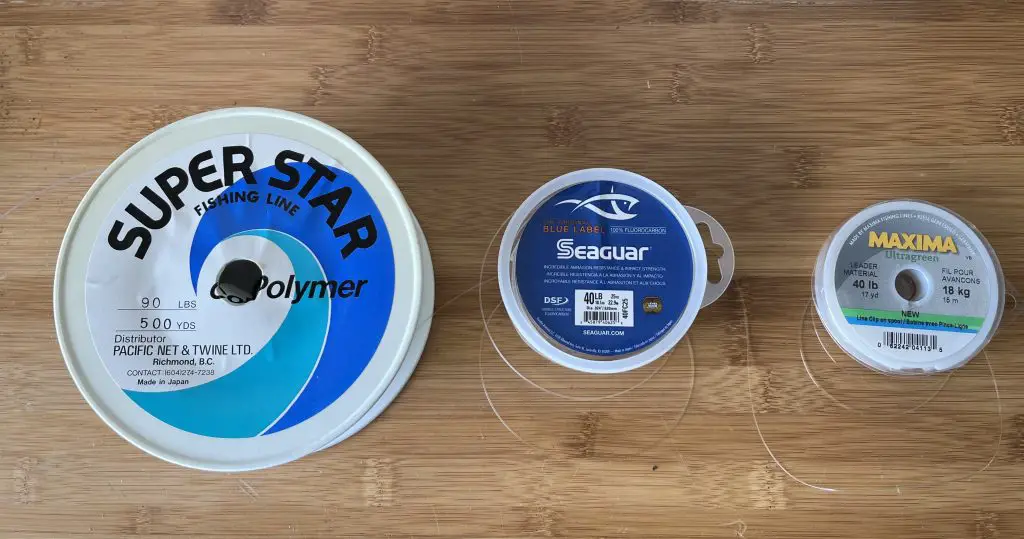
Thx bud…off shopping for all the gear you mentioned. Tight lines;)